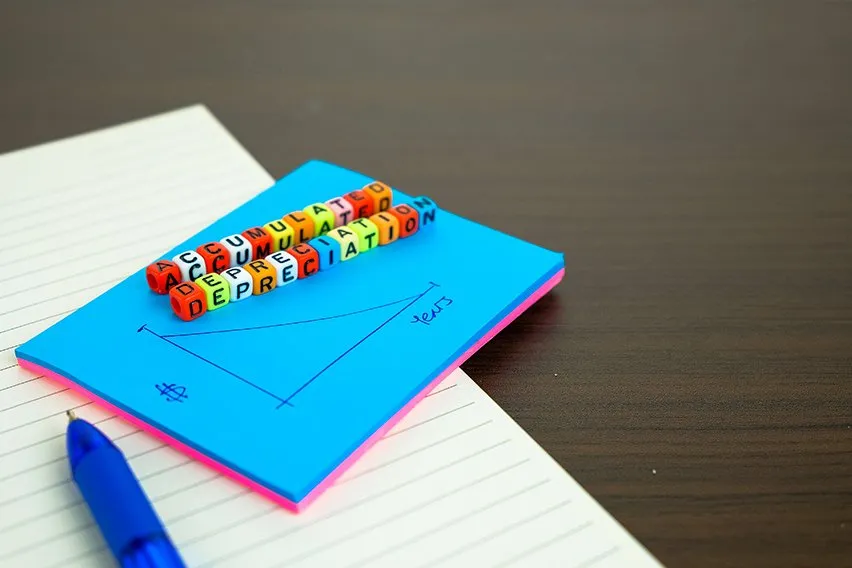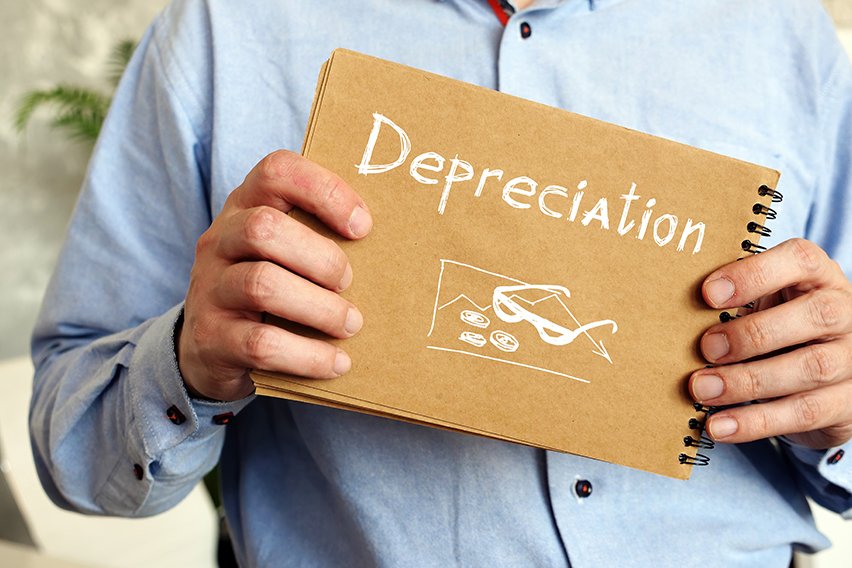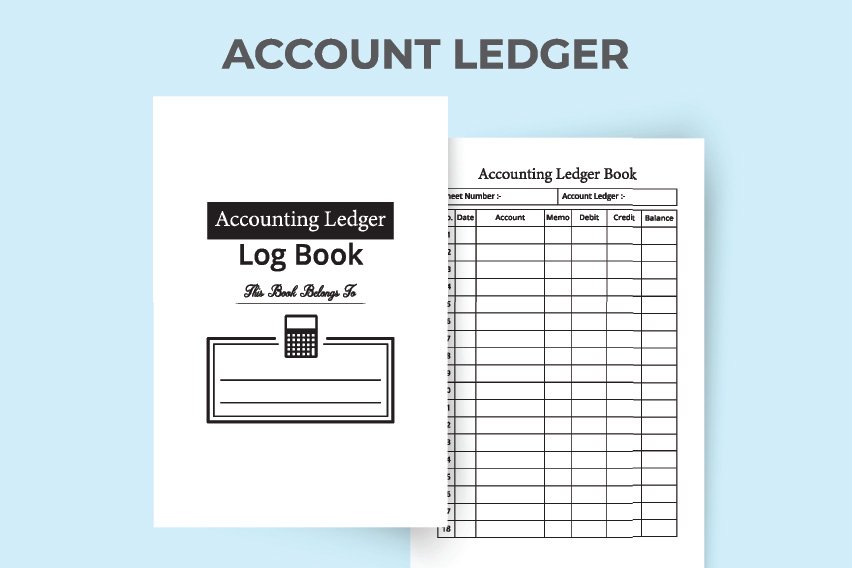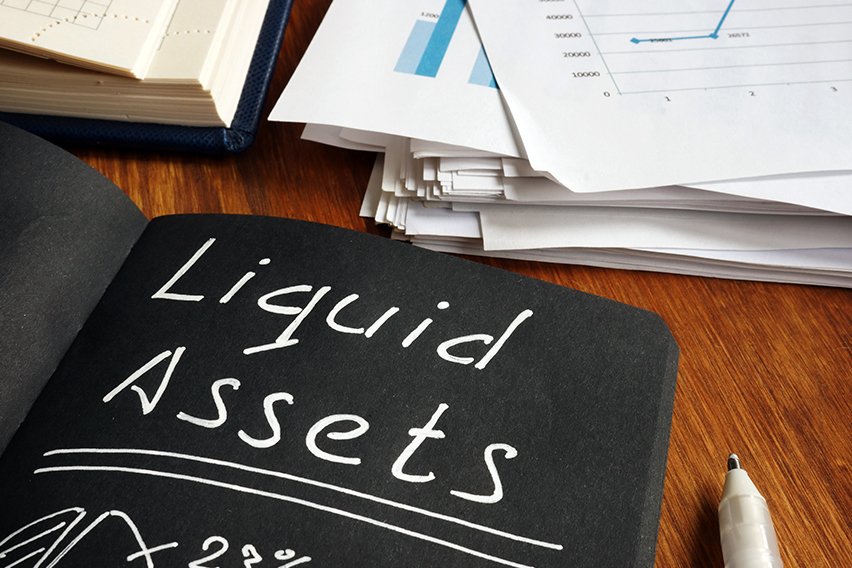What Is Straight Line Depreciation?

Straight line depreciation is a common method of depreciation where the value of a fixed asset is reduced over its useful life.
It’s used to reduce the carrying amount of a fixed asset over its useful life. With straight line depreciation, an asset’s cost is depreciated the same amount for each accounting period. You can then depreciate key assets on your tax income statement or business balance sheet.
This method was created to reflect the consumption pattern of the underlying asset. It is used when there’s no pattern to how you use the asset over time. Straight line depreciation is the easiest depreciation method to calculate. It also results in the fewest calculation errors. Thus, this calculation method is recommended.
This article will also take a look at:
How Do You Calculate Straight Line Depreciation?
What Is an Example of Straight Line Depreciation?
What Is Straight Line Depreciation in Accounting?

How Do You Calculate Straight Line Depreciation?
Why use the straight-line method of depreciation? It represents the depreciation expense evenly over the estimated full life of a fixed asset. You can use a basic straight-line depreciation formula to calculate this, too.
Let’s break down how you can calculate straight-line depreciation step-by-step. We’ll use an office copier as an example asset for calculating the straight-line depreciation rate.
Step 1: Calculate the Total Cost of the Asset
First and foremost, you need to calculate the cost of the depreciable asset you are calculating straight-line depreciation for. After all, the purchase price or initial cost of the asset will determine how much is depreciated each year.
Let’s say that an office worker purchases a copier for $8000. However, it costs another $100 to ship the copier to the office. It also costs $500 in taxes. The copier costs, in total, $8600.
- $8000 + $100 + $500 = $8600
When you calculate the cost of an asset to depreciate, be sure to include any related costs. This can include material costs, labor, taxes, and more.
Step 2: Find and Subtract Any Salvage Value From the Asset’s Cost
With straight-line depreciation, you must assign a “salvage value” to the asset you are depreciating. The salvage value is how much you expect an asset to be worth after its “useful life”.
In the above example, say that the office worker expects the copier to be worth $2000 at the end of its useful life. The following calculation would look like this:
- $8600 – $2000 = $6600
The salvage value of an asset is somewhat inexact. Try to use common sense when determining the salvage value of an asset, and always be conservative. Don’t overestimate the salvage value of an asset since it will reduce the depreciation expense you can take.
Step 3: Calculate the Asset’s Useful Life
You’ll next need to calculate the useful life of an asset if you want to depreciate it. Common assets and useful lives include:
- Office machines like copiers and fax machines – 5 years
- Fixtures and office furniture – 7 years
- Vehicles like cars and trucks – 5 years
- Livestock, manufacturing tools, and tractors – 3 years
The IRS updates IRS Publication 946 if you want a complete list of all assets and published useful lives. Alternatively, you can estimate the useful life of an asset. But keep in mind this opens up the risk of overestimating the asset’s value.
Step 4: Determine the Annual Rate of Depreciation
You can determine the annual depreciation rate of an asset with the following formula:
- 1 / Years of useful life
If the above copier has a useful life of five years according to the IRS, the equation looks like this:
- 1 / 5 = 0.20
In other words, the copier can be depreciated by 20% each year. Note that the straight depreciation calculations should always start with 1.
Step 5: Multiply Your Depreciation Rate by the Asset’s Depreciable Cost
The next step in the calculation is simple, but you have to subtract the salvage value. In our example, the copier cost $8600 at first. It had a salvage value of $2000. The annual depreciation rate is 20%.
The resulting calculation is:
- 20% x ($8600 – $2000) = $1320
With this cancellation, the copier’s annual depreciation expense would be $1320.

Step 6: Calculate Monthly Depreciation
Last but not least, you can calculate the monthly depreciation expense by taking the above number and dividing it by 12. You don’t have to stick with annual straight-line depreciation! For our example copier, the equation looks like this:
- $1320 / 12 = $110
In total, the copier’s monthly depreciation expense is $110.
What Is Straight Line Depreciation in Accounting?
Straight-line depreciation can be recorded as a debit to the depreciation expense account. It can also be a credit to your accumulated depreciation account. Accumulated depreciation is a contra asset account, so it is paired with and reduces the fixed asset account.
Key Takeaways
The straight-line depreciation method makes it easy for you to calculate the expense of any fixed asset in your business. With straight-line depreciation, you can reduce the value of a tangible asset. Then you can benefit from that depreciation during tax season.
Want to know more about business accounting tips or ways to depreciate your assets? Check out our resource hub today!
RELATED ARTICLES

 Auditing: Definition, Types, and Importance
Auditing: Definition, Types, and Importance What Is Depreciation: Definition, Types, and Calculation
What Is Depreciation: Definition, Types, and Calculation What Is a Ledger in Accounting?
What Is a Ledger in Accounting? What Is Accounting? The Basics, Explained
What Is Accounting? The Basics, Explained What Is Management Accounting?
What Is Management Accounting? What Are Liquid Assets? A Primer for Small Businesses
What Are Liquid Assets? A Primer for Small Businesses